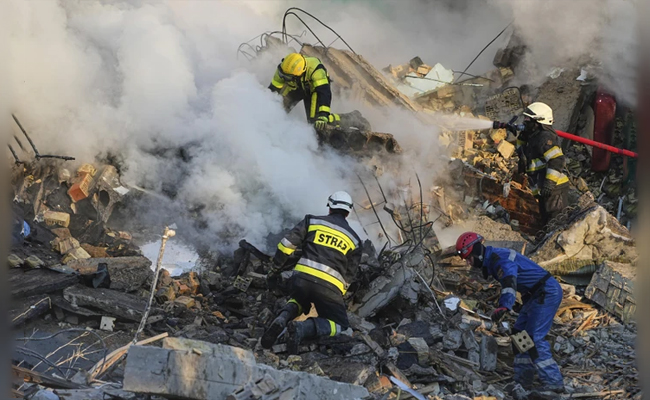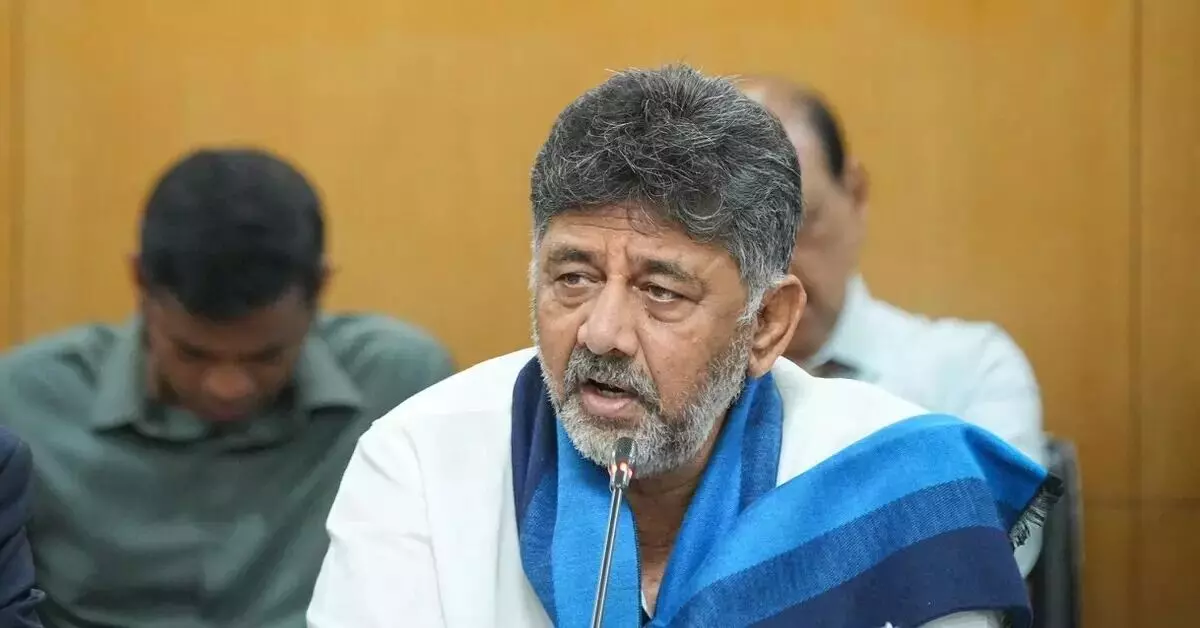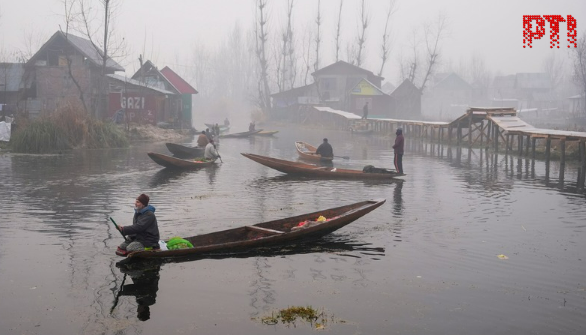London (PTI): A bronze sculpture by a celebrated English artist has come under fire as "extravagant" after the UK government spent GBP 1.3 million of taxpayer's money to acquire it and then send it on for British Prime Minister Rishi Sunak's 10 Downing Street garden.
According to The Sun newspaper, Henry Moore's "Working Model for Seated Woman" an abstract 1980 sculpture is believed to have been sold at a Christie's auction and acquired by the taxpayer-funded Government Art Collection last month.
It has sparked a cost-of-living row at a time when the country is struggling through soaring inflation, mounting household bills, and cost-cutting measures across public funding.
"It is a fine piece and an important example of Moore's collection of seated women sculptures," an expert told the newspaper.
"However, it may be considered an extravagant use of public funds, particularly given the economic climate," the expert said.
Downing Street said no politicians were involved in the decision to acquire the artwork after the partially-covered sculpture was seen being wheeled into No. 10 on Thursday.
It "conveys a strong sense of maternity and pregnancy", according to Christie's website.
It lauds "the gentle watchfulness of the woman's face and her guarded posture to the protective nature of her arms and the architectural shelter she offers between her lap and shoulders", the website adds.
There has been a Moore piece in 10 Downing Street garden for the past 40 years, with works regularly rotated at the request of the late sculptor's charitable foundation.
The UK's Government Art Collection owns more than 14,000 such valuable art pieces in buildings across the political establishment at Whitehall in London and around the world.
Henry Spencer Moore, who died in 1986, is considered one of the most important British artists of the 20th century and arguably the most internationally celebrated sculptor of the period.
He is renowned for his semi-abstract monumental bronzes seen all over the world, including in India.
Let the Truth be known. If you read VB and like VB, please be a VB Supporter and Help us deliver the Truth to one and all.
Kyiv (AP): Eight people were killed and 27 wounded in a Russian missile strike on port infrastructure in Odesa, southern Ukraine, late on Friday, Ukraine's Emergency Service said on Saturday morning.
Some of the wounded were on a bus at the epicentre of the overnight strike, the service said in a Telegram post. Trucks caught fire in the parking lot, and cars were also damaged.
The port was struck with ballistic missiles, said Oleh Kiper, the head of the Odesa region.
ALSO READ: 'Have not received complaint yet': Delhi Police on assault by off-duty Air India Express pilot
Elsewhere, Ukrainian forces hit a Russian warship and other facilities with drones, Ukraine's General Staff said in a statement on Saturday.
The nighttime attack on Friday hit the Russian warship “Okhotnik,” according to the statement posted to the Telegram messaging app.
The ship was patrolling in the Caspian Sea near an oil and gas production platform. The extent of the damage is still being clarified, the statement added.
A drilling platform at the Filanovsky oil and gas field in the Caspian Sea was also hit. The facility is operated by Russian oil giant Lukoil. Ukrainian drones also struck a radar system in the Krasnosilske area of Crimea, which Russia illegally annexed from Ukraine in 2014.





